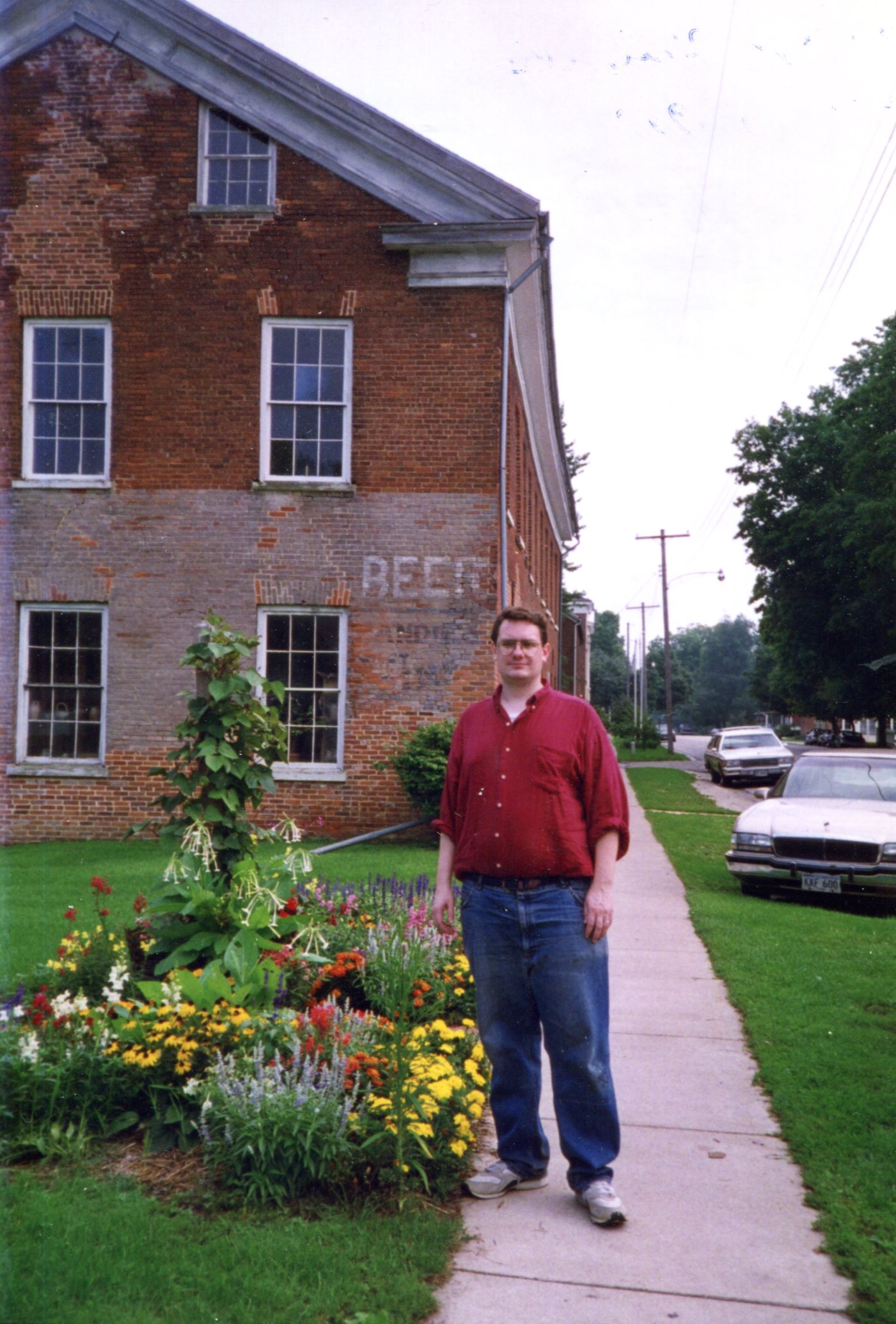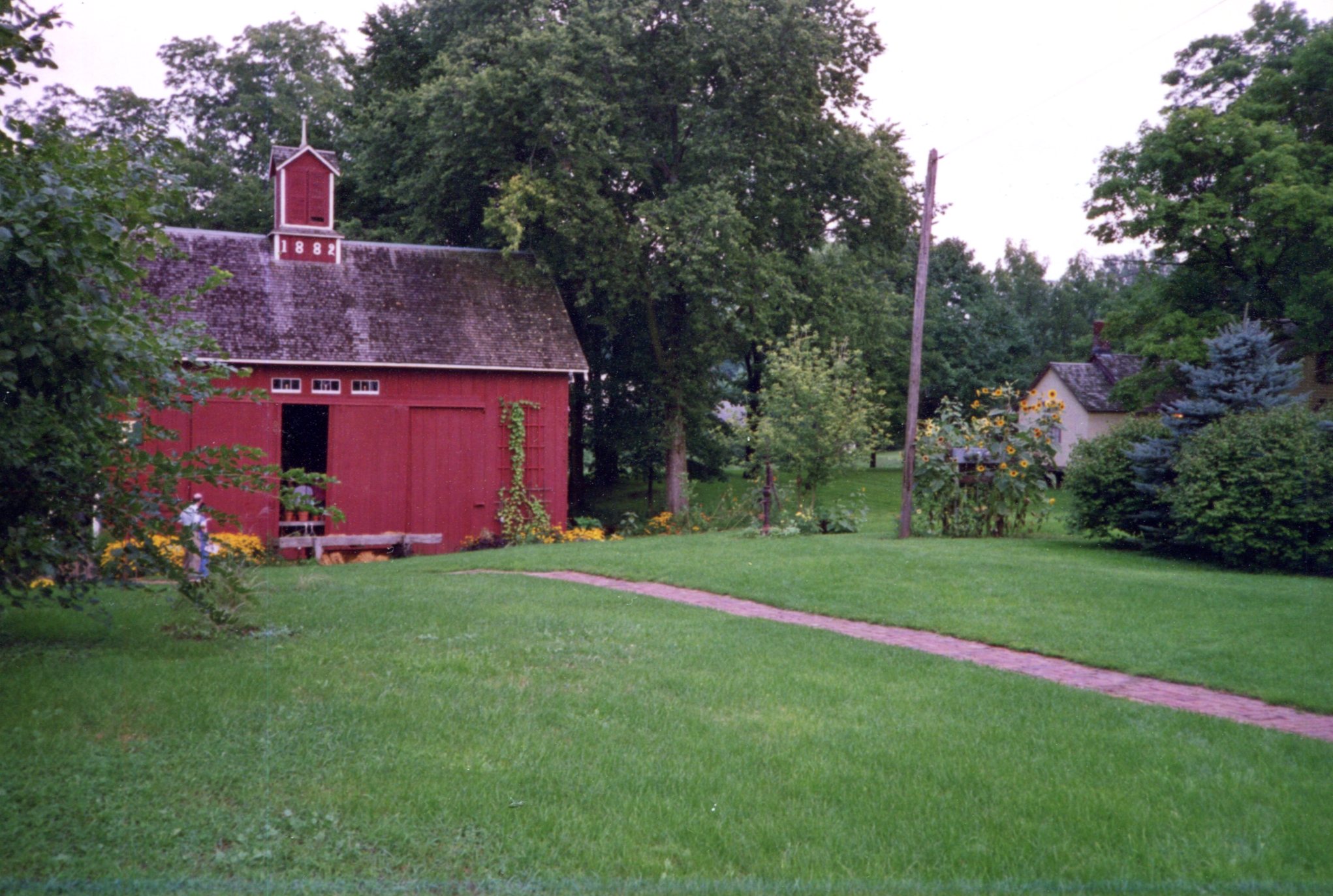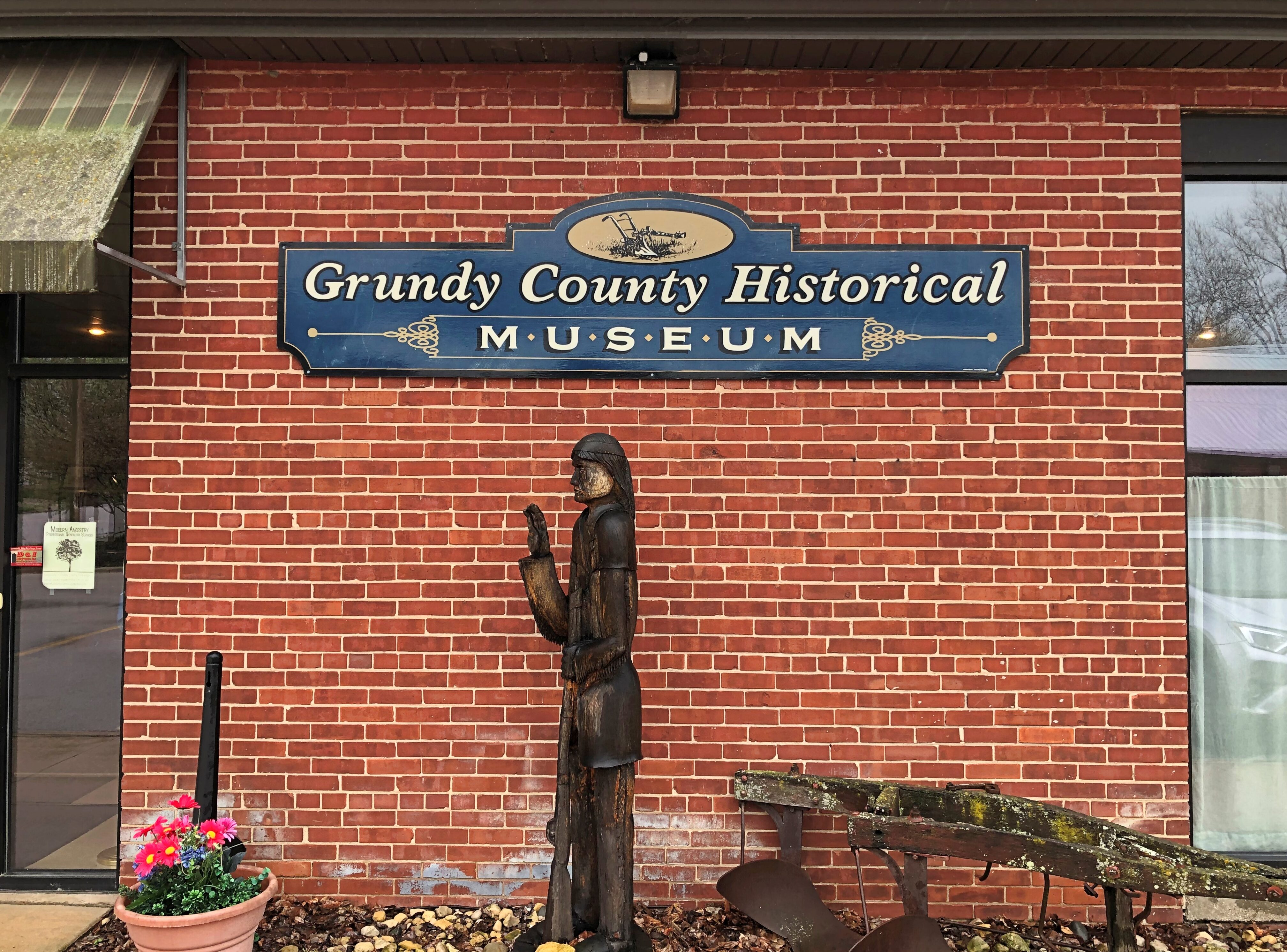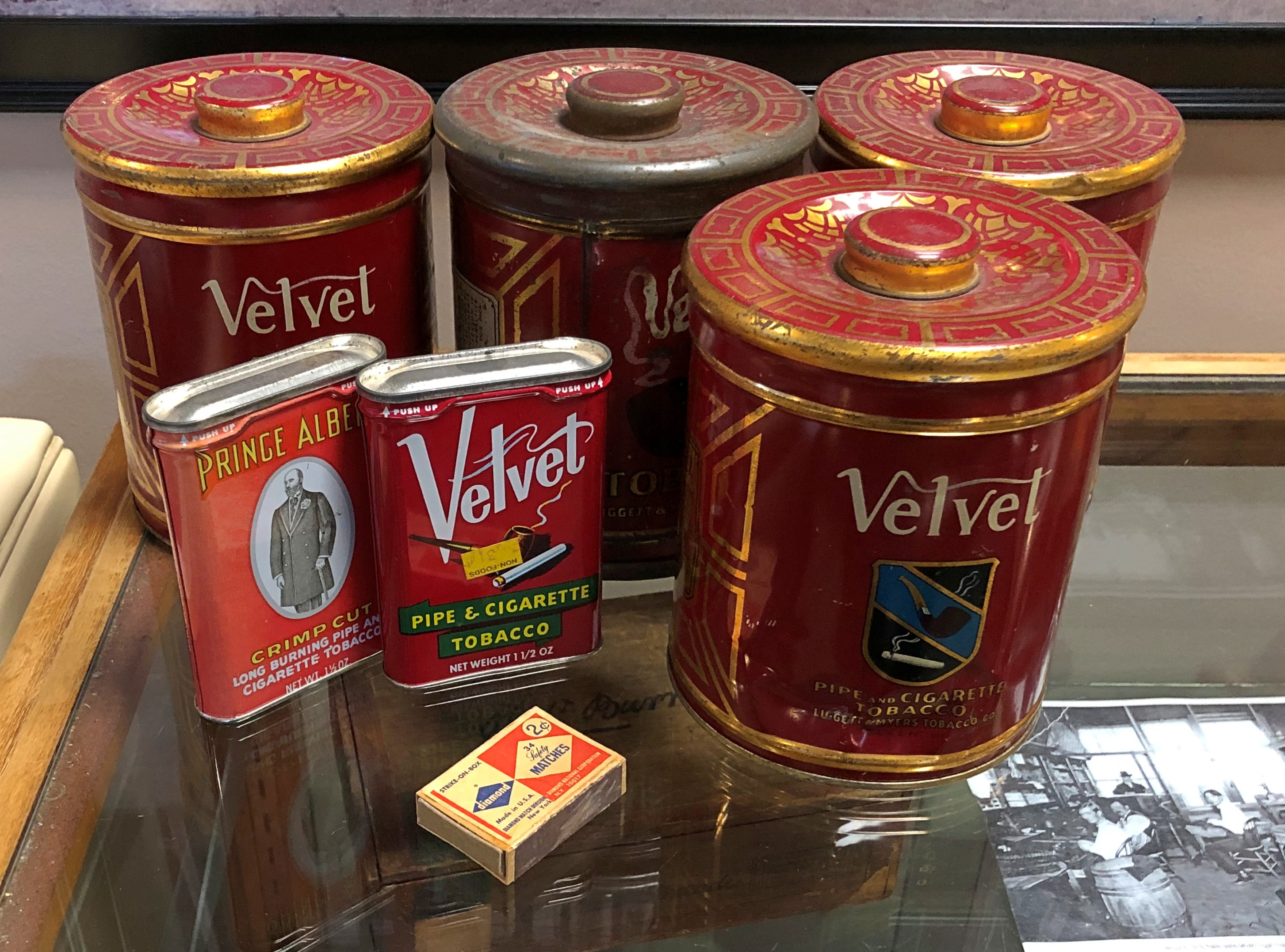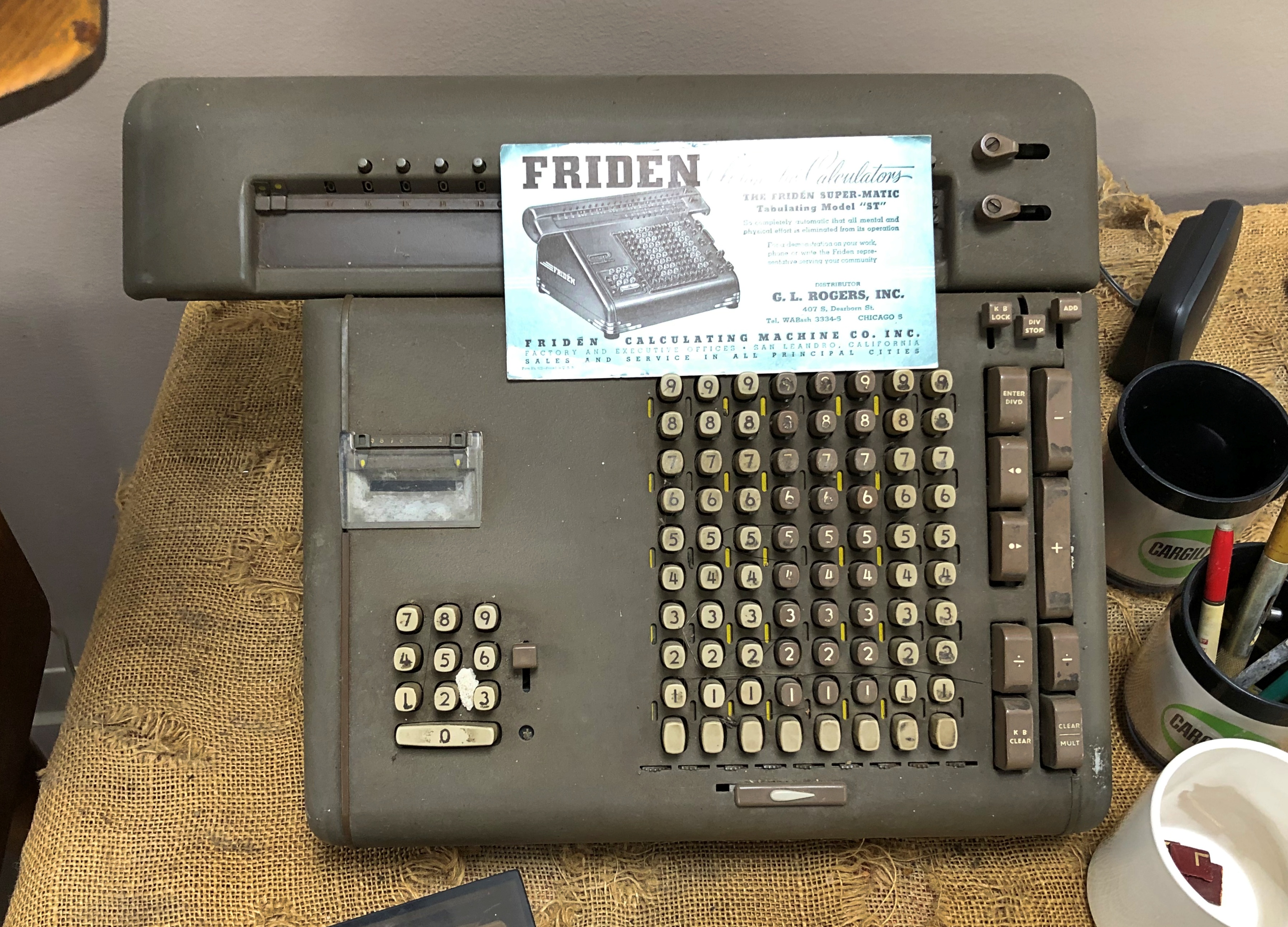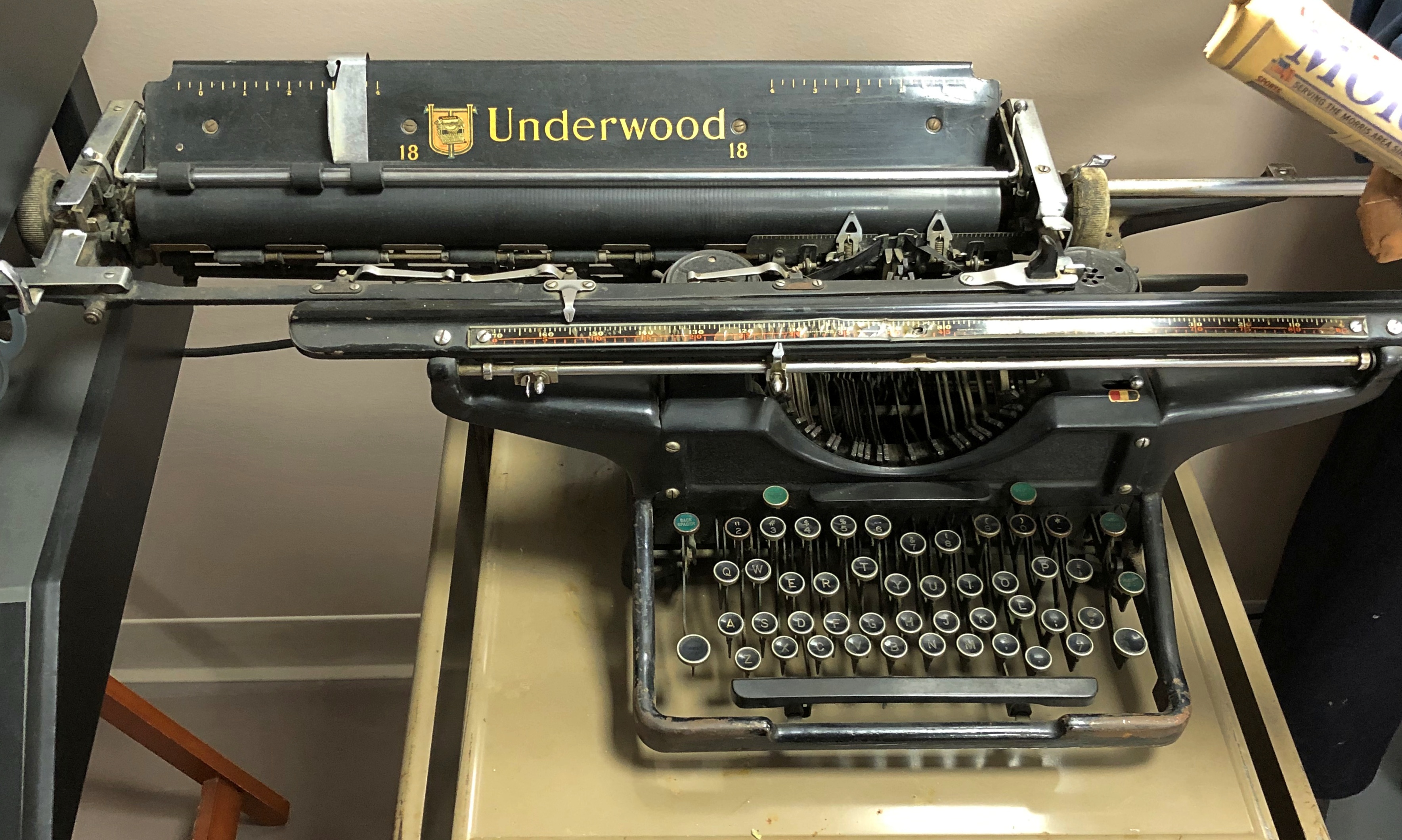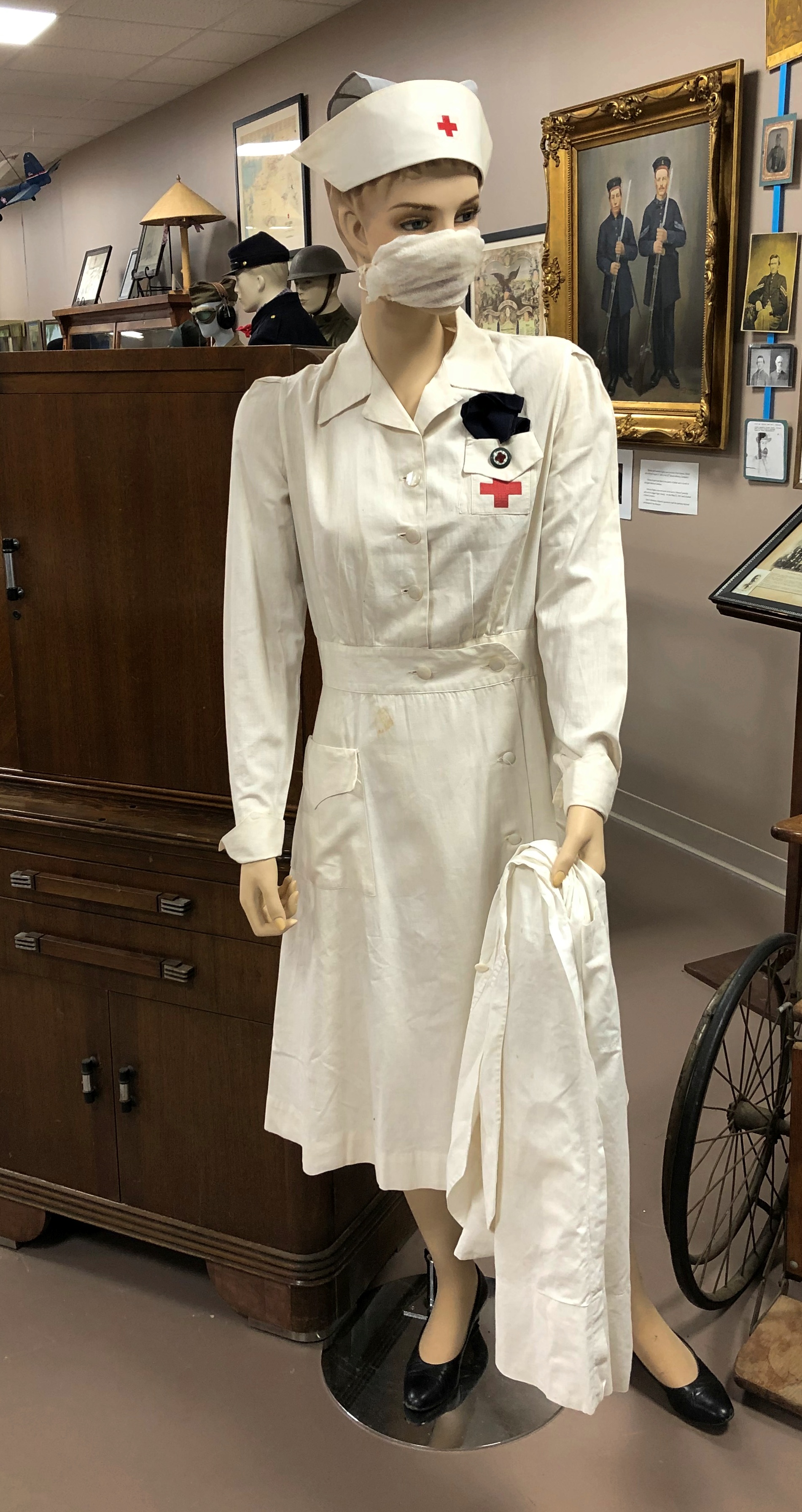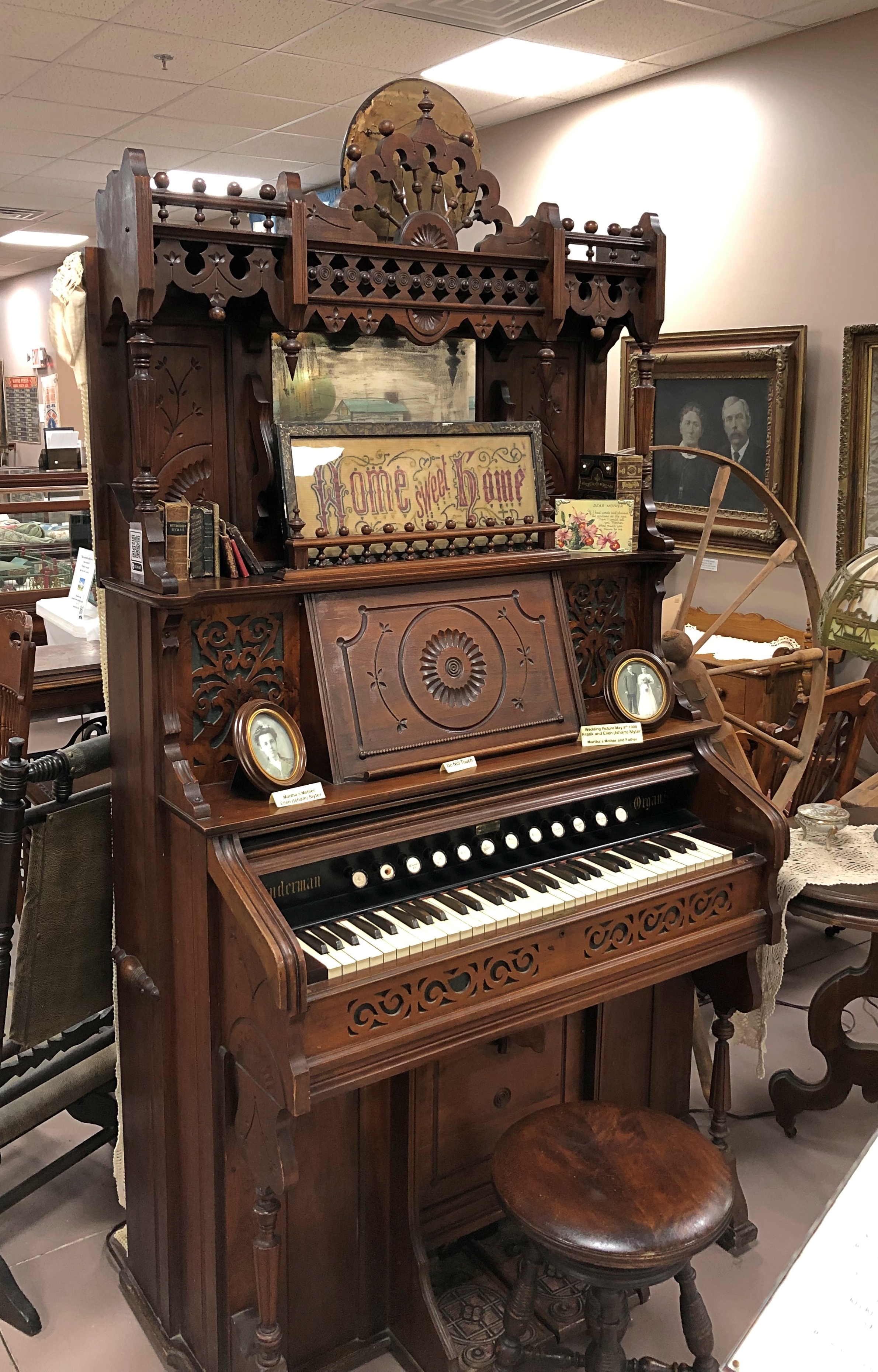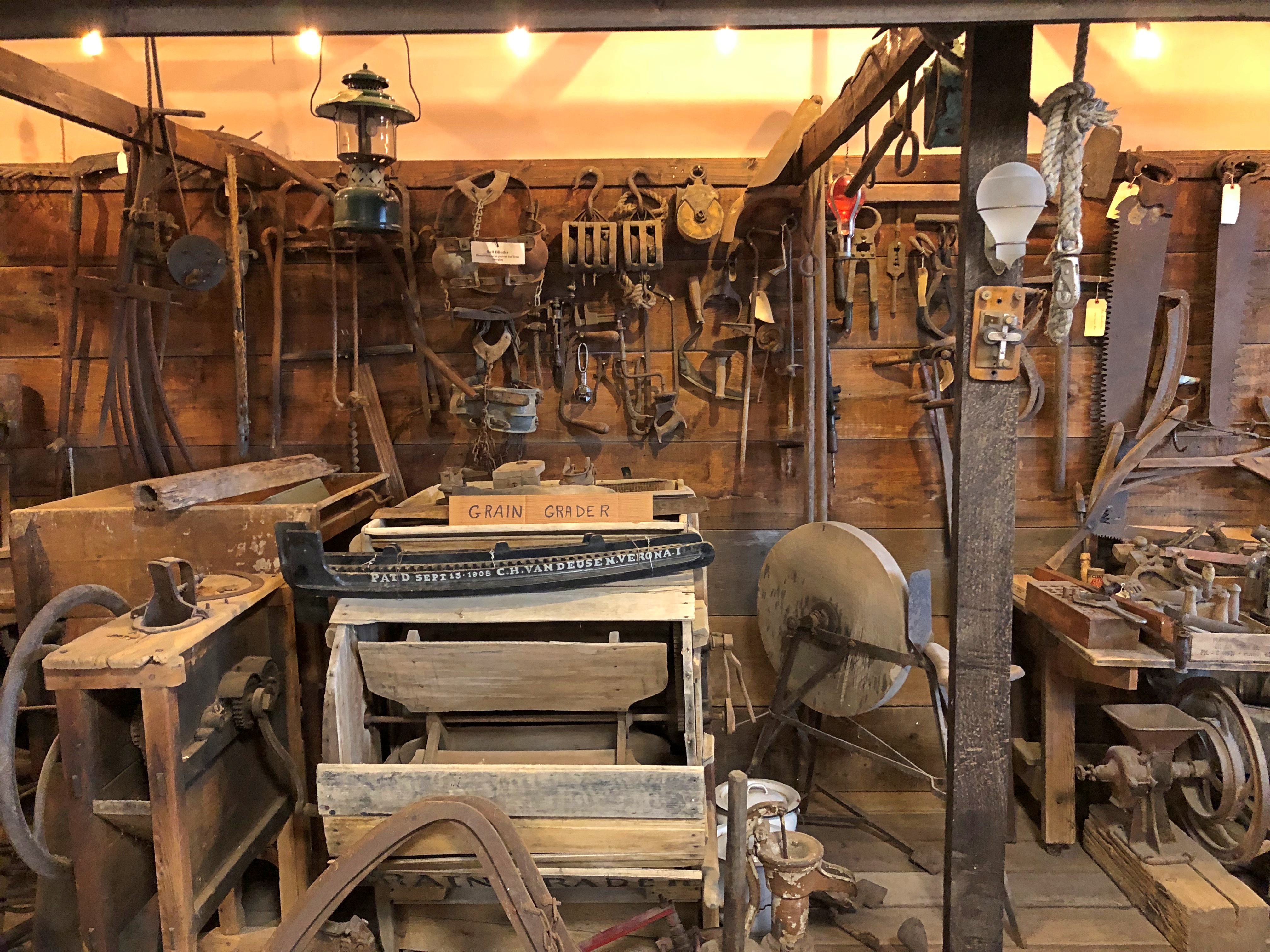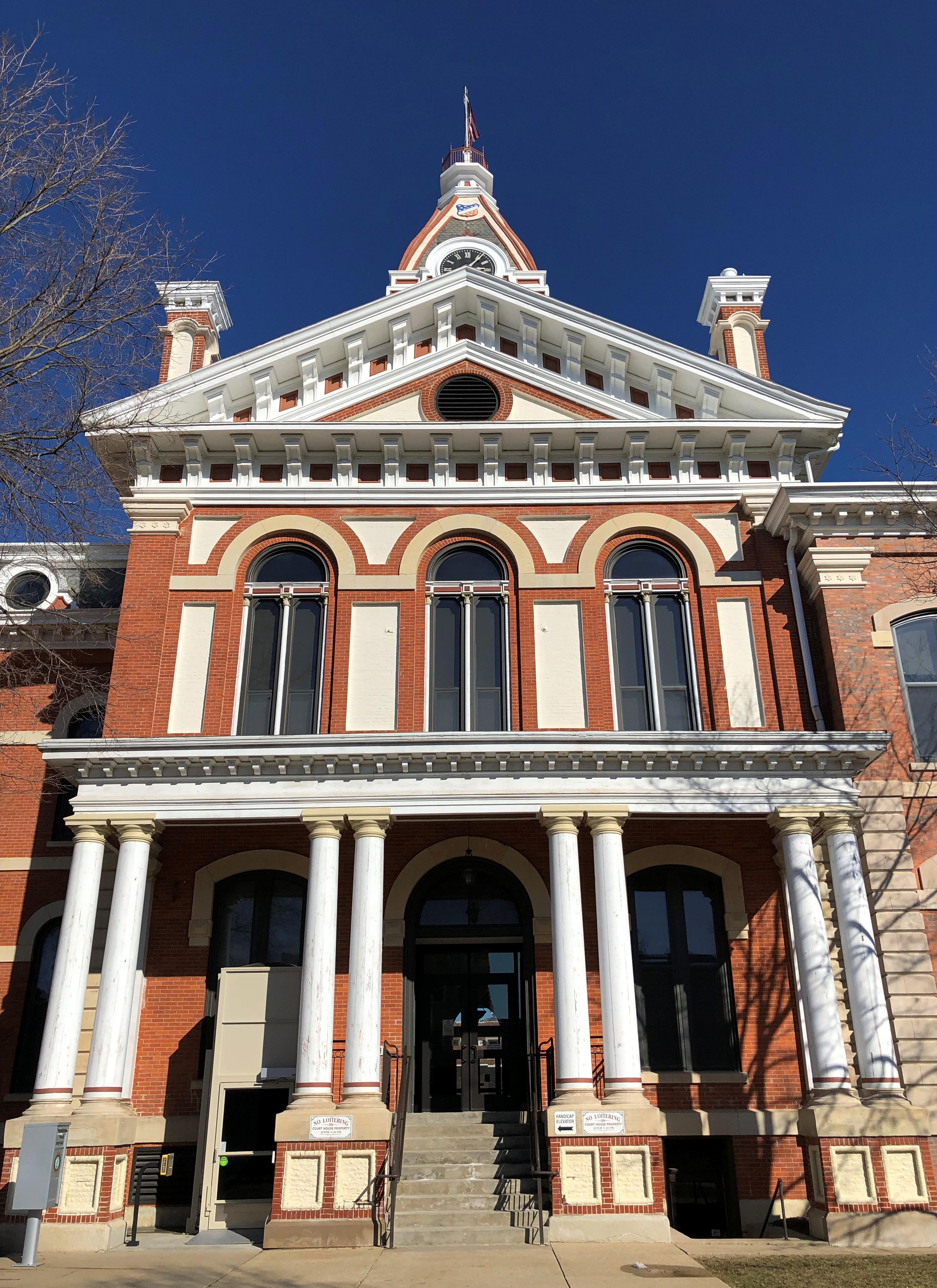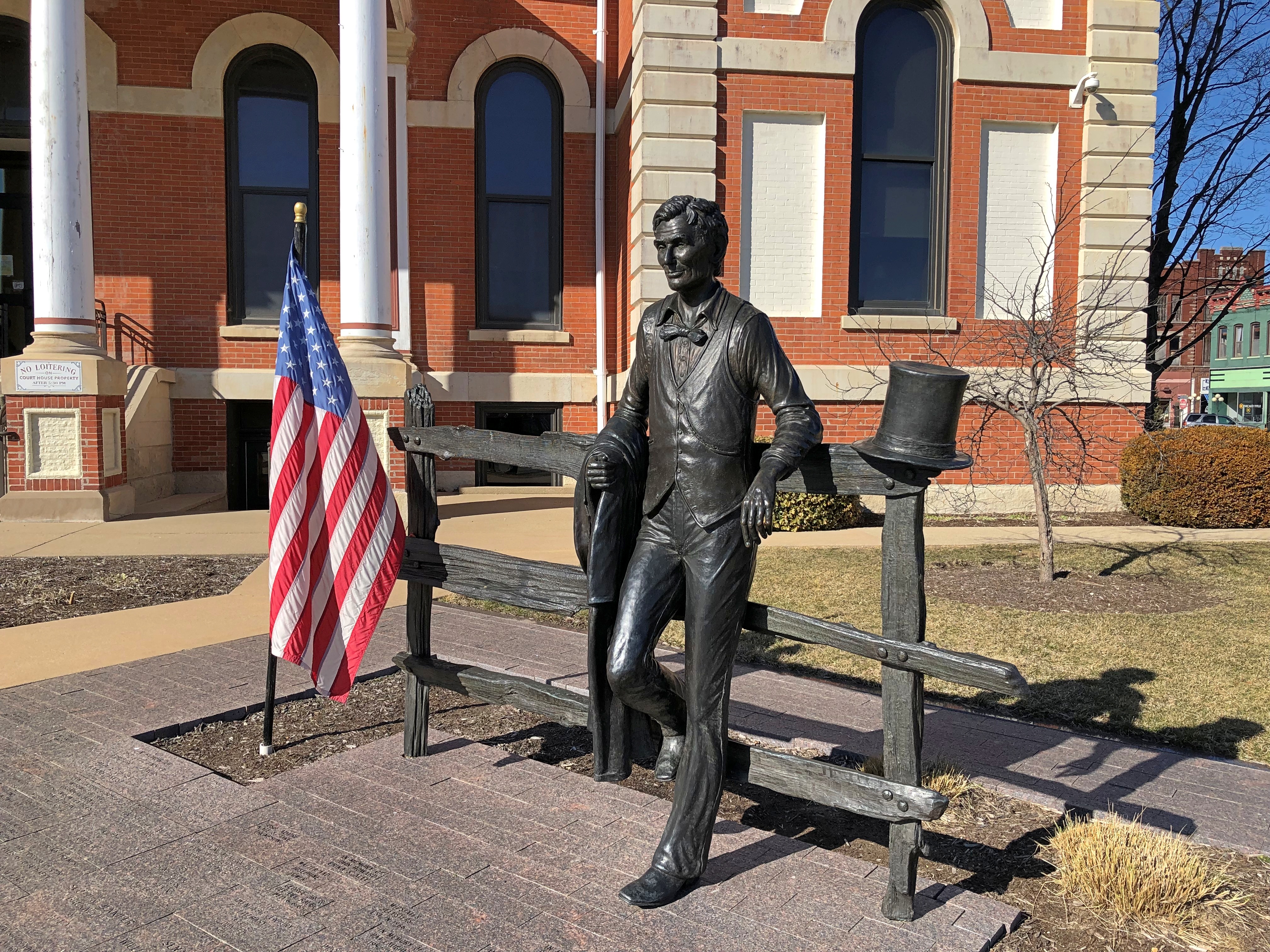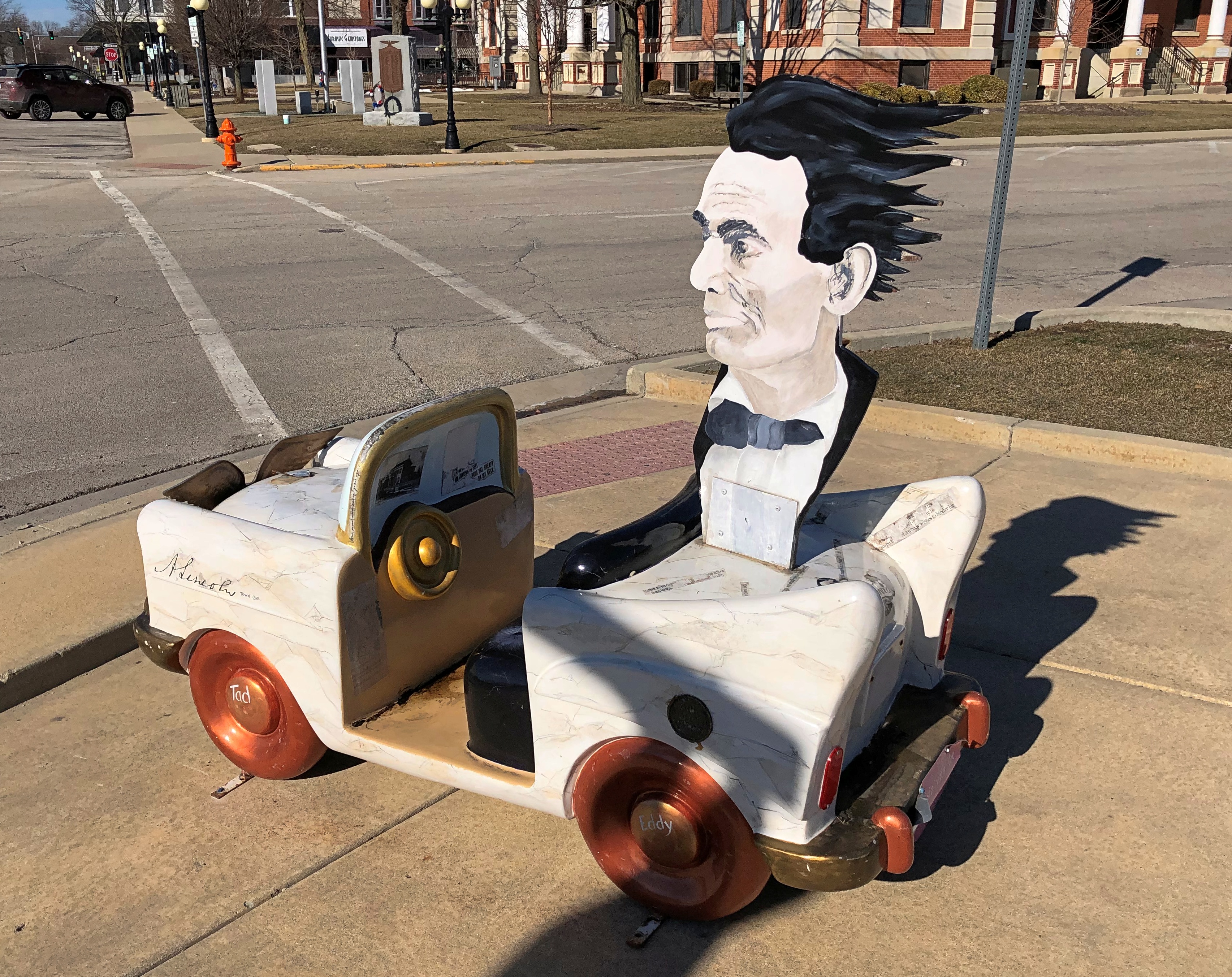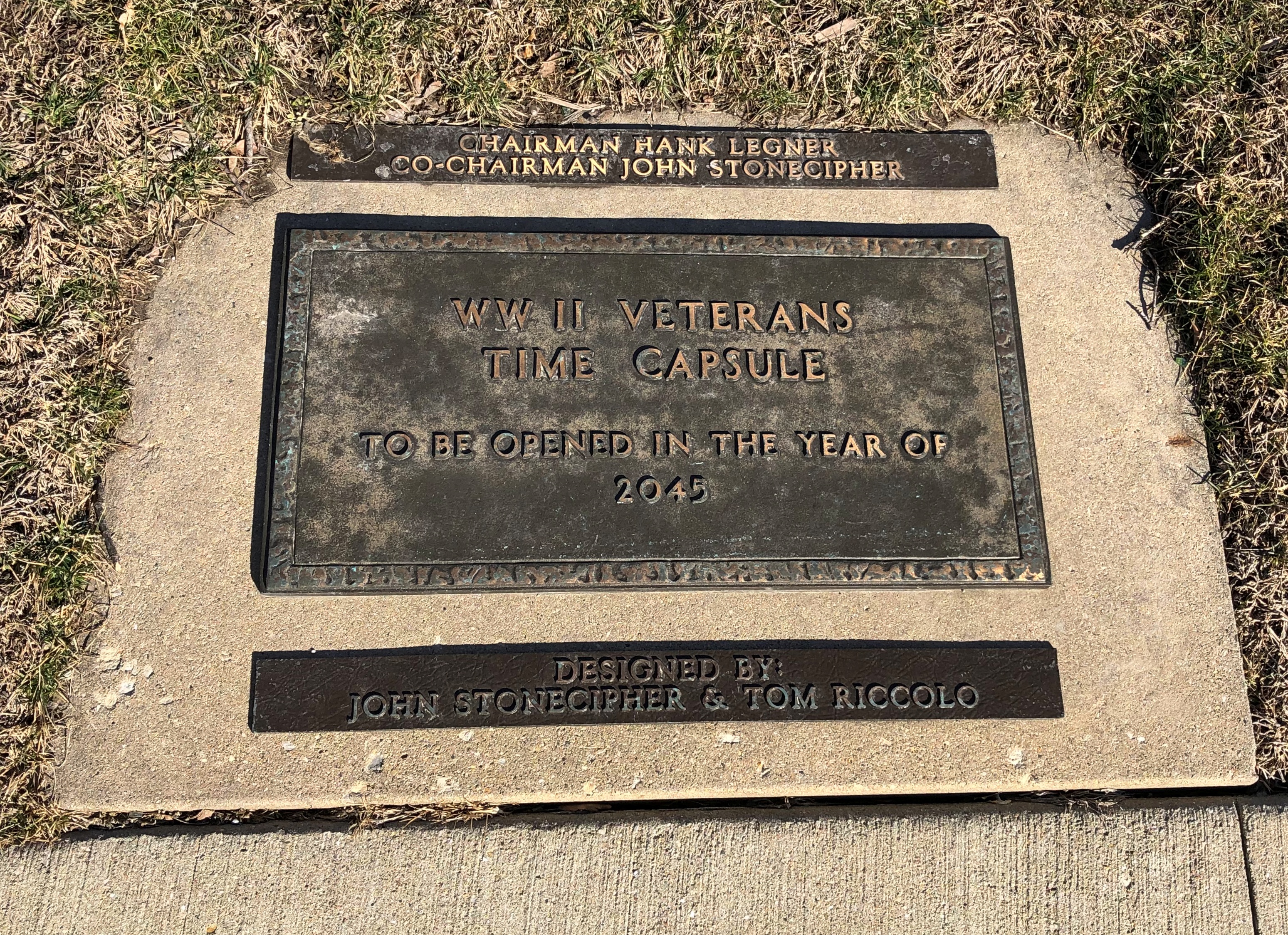Those three ships that come sailing in on Christmas Day in the morning will be trapped in ice this year, according to the National Weather Service.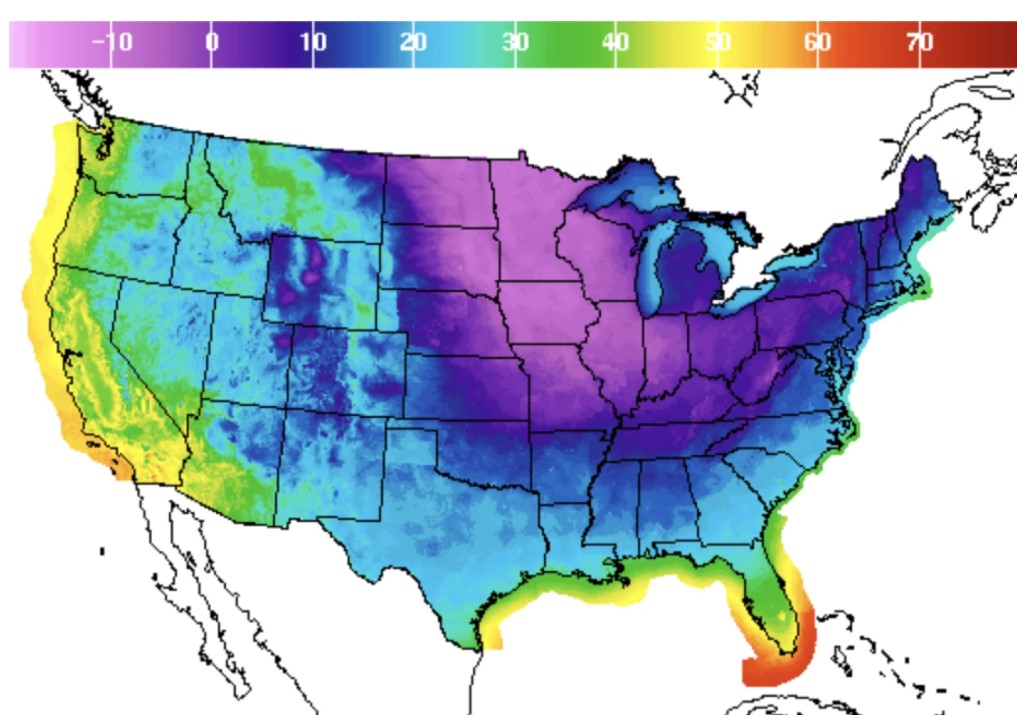
That’s the forecast for 8 a.m. Central on December 25. Bitter temps, unless you happen to be on the West Coast or in Florida, and even those places will be relatively chilly. Bah, humbug.
On Saturday I drove down to Normal to pick up Ann, leaving a little early so that I could drop by the Route 66 Association of Illinois Hall of Fame and Museum, which is in the handsome former city hall and main fire station of Pontiac, Illinois, a building that dates from 1900.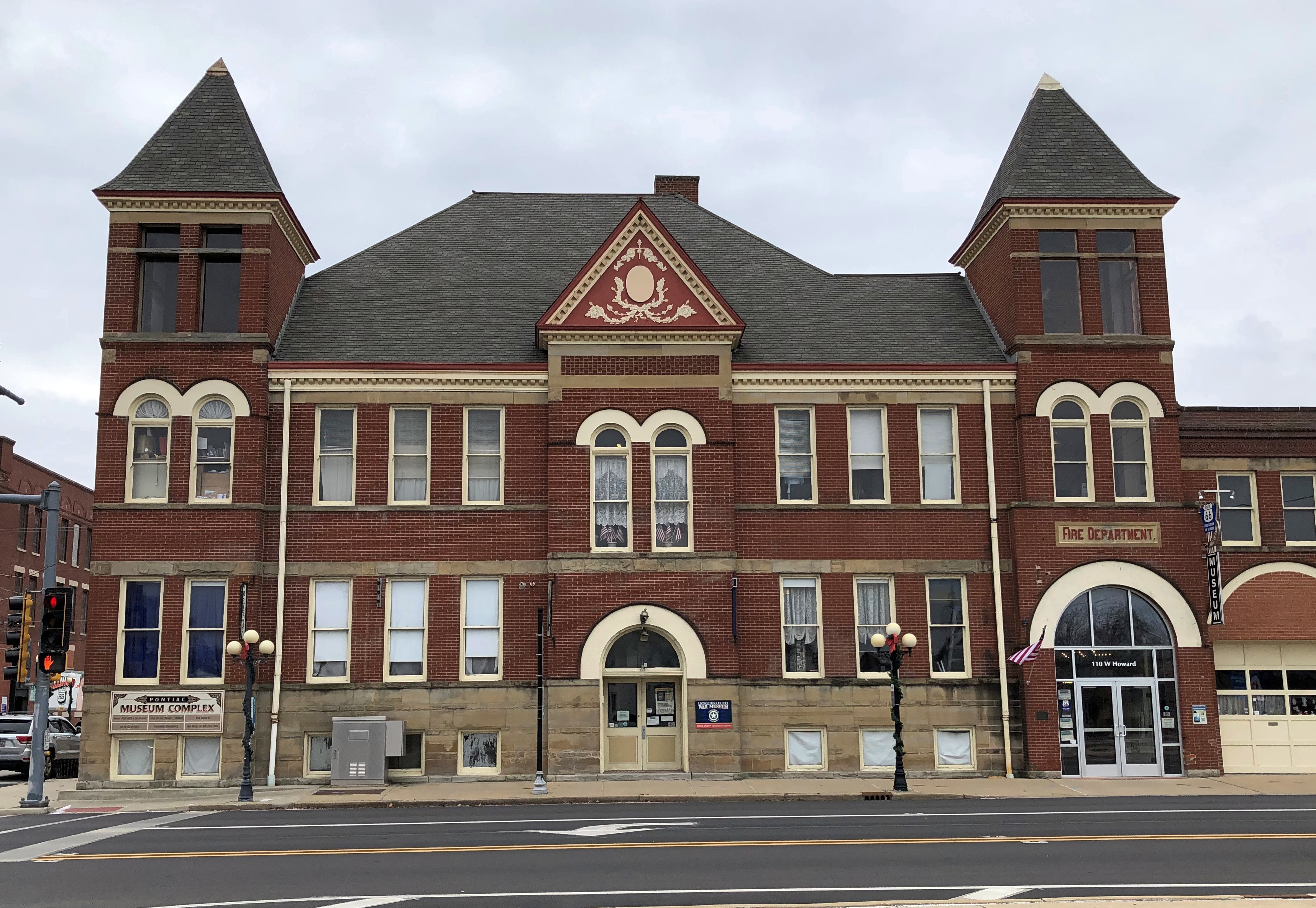

The building, now called a museum complex, is home to more than the Route 66 museum, which is on the first floor. Other floors feature a “Life on the Titanic” exhibit, the Waldmire Experience (more about its namesake later), a local war museum and a room devoted to the music of the Civil War. You might call it an eclectic mix.
You might also call the Route 66 museum itself that. It’s a large room full of a lot of stuff. Just what a local museum should be.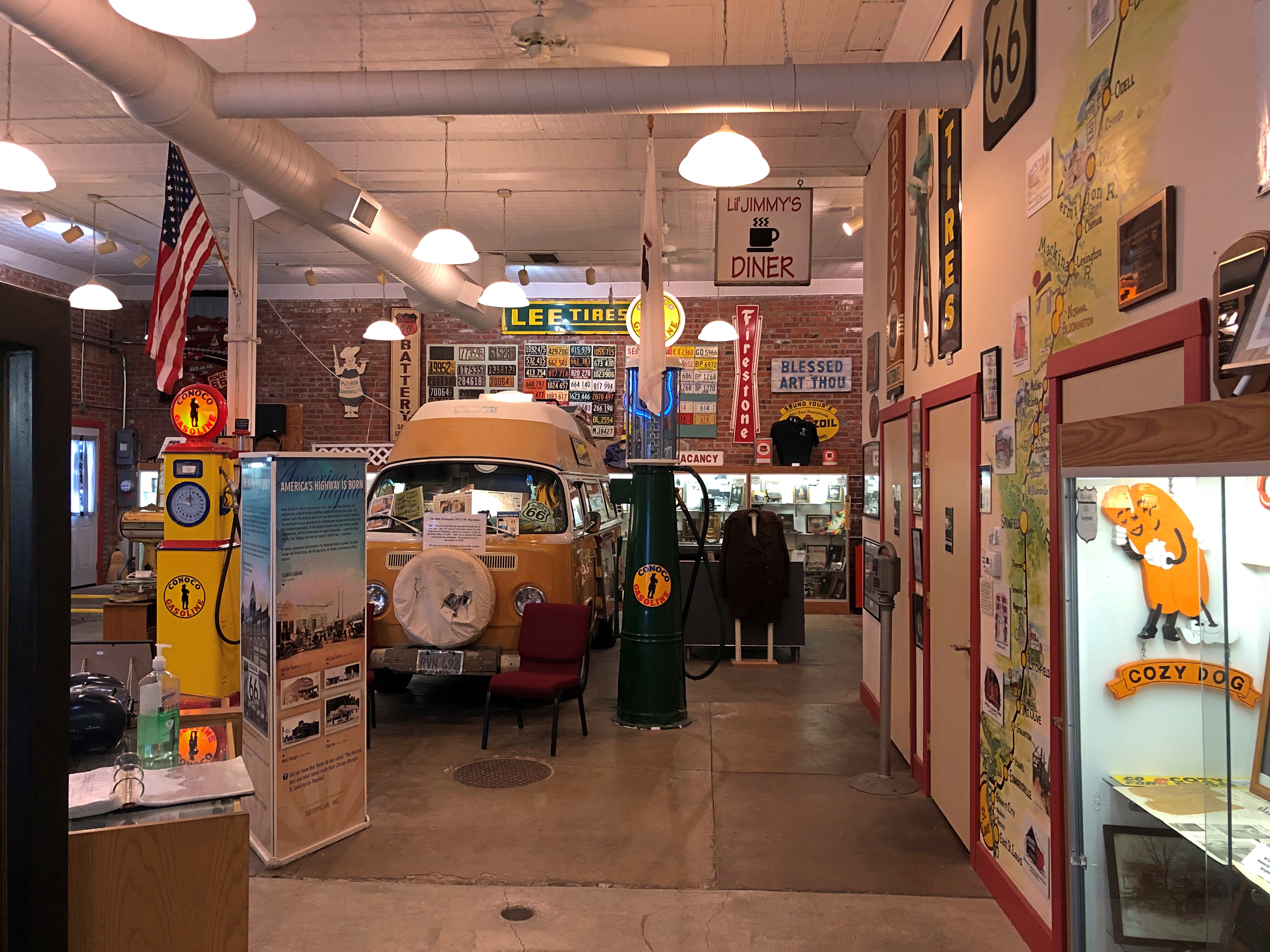
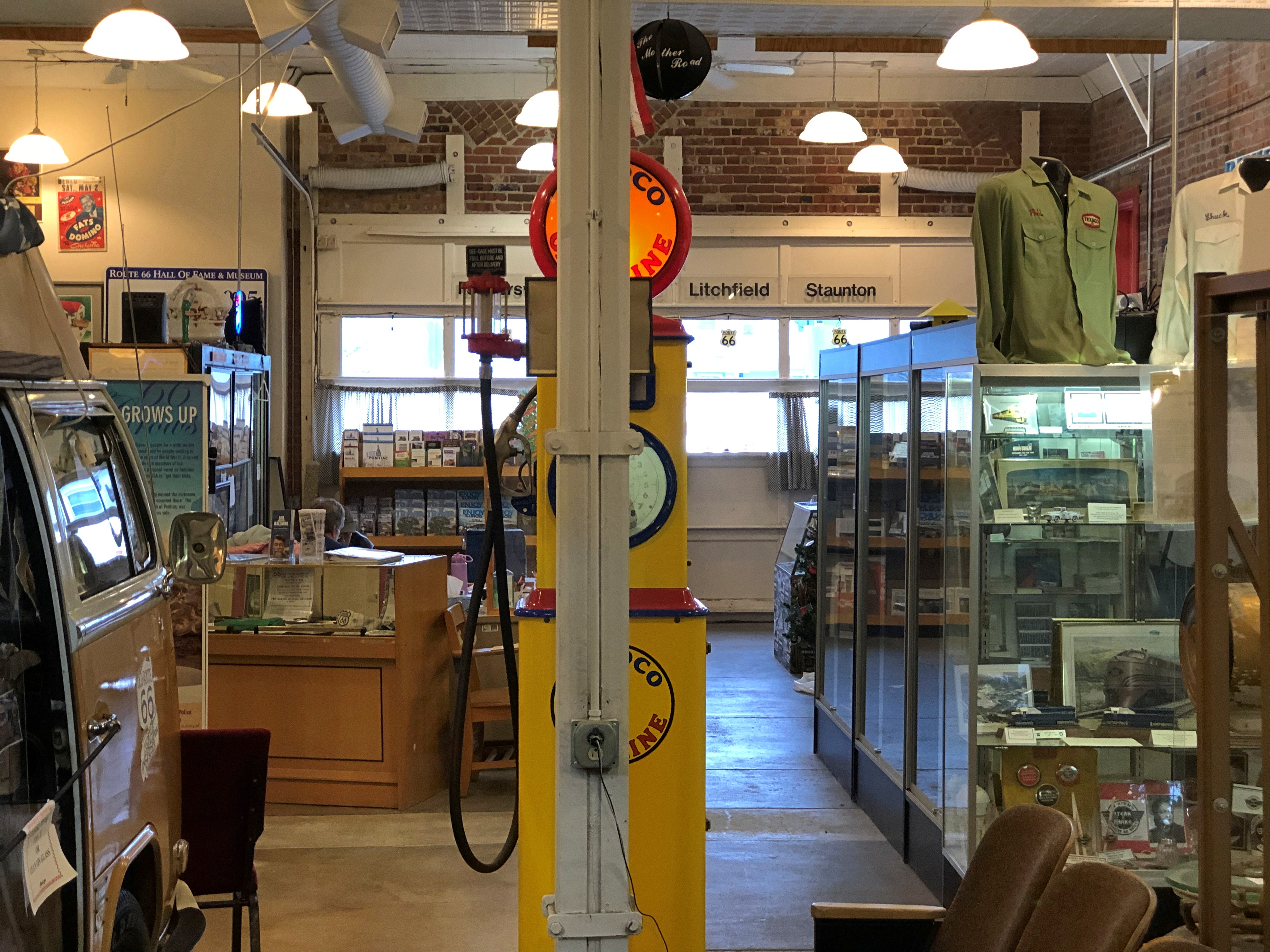
Regional, really, since it covers the road formerly designated U.S. 66 as it passed through Illinois, from Chicago to East St. Louis, with such towns as Dwight, Pontiac, Bloomington-Normal, Lincoln, and Springfield along the way.
Display cases along the walls are devoted to each of those towns and others on the Illinois stretch, stuffed with pictures and photos and items, and arrayed in order from north to south (or the other way, if you start there). Plenty of other artifacts are placed freely on the floor or are on the walls.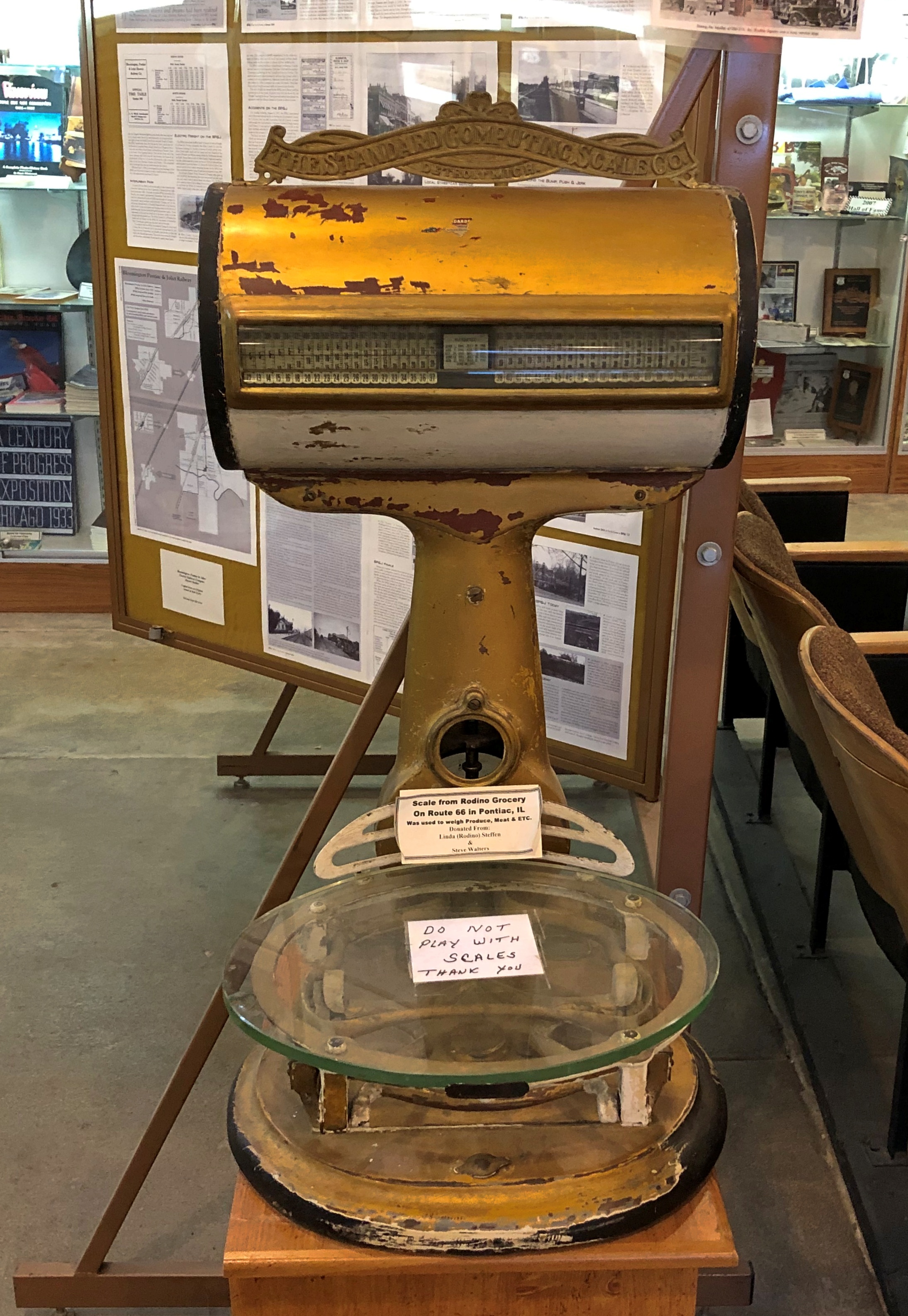
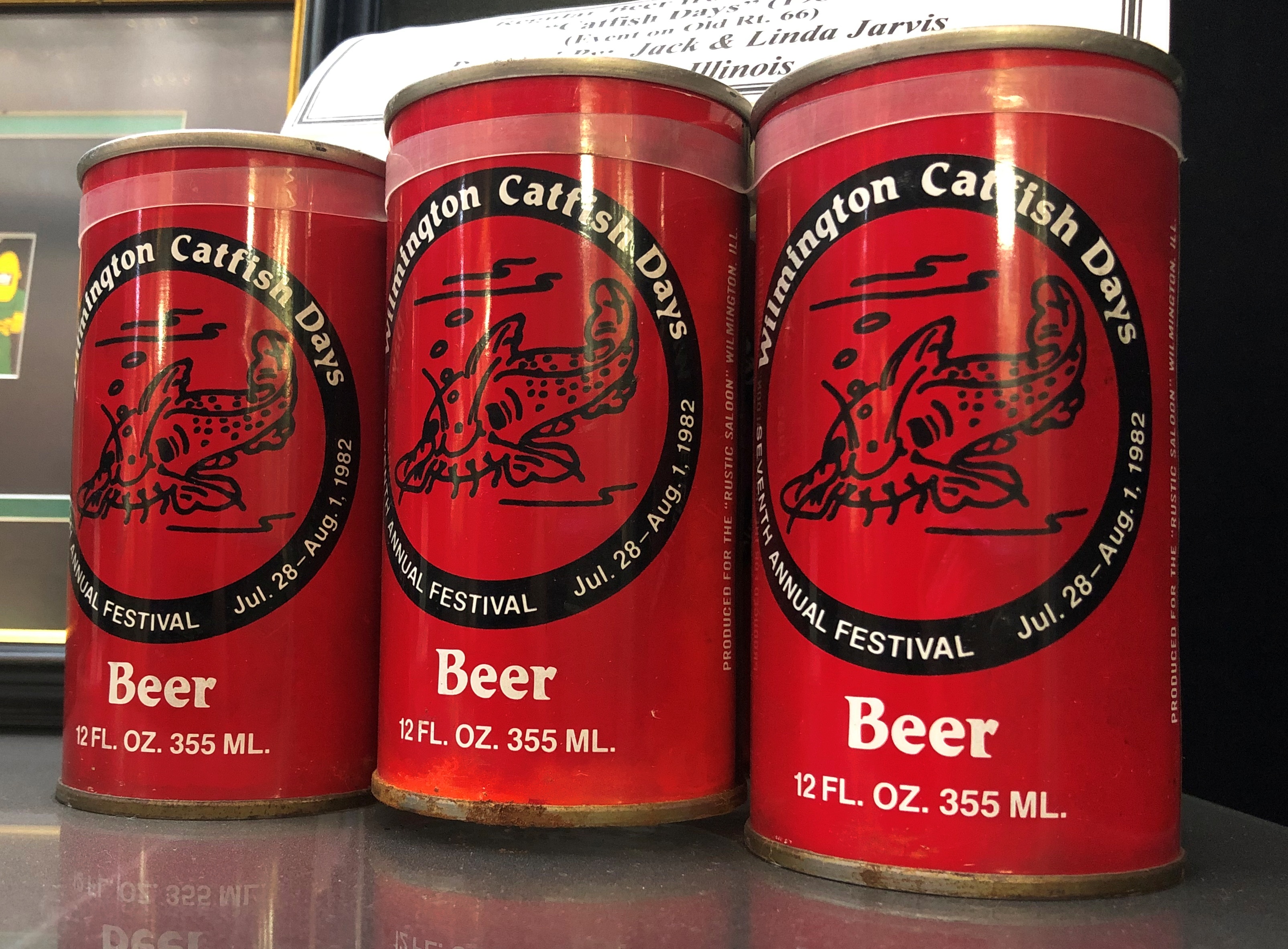

Old gas pumps. Even during the golden age of Route 66, you needed gas.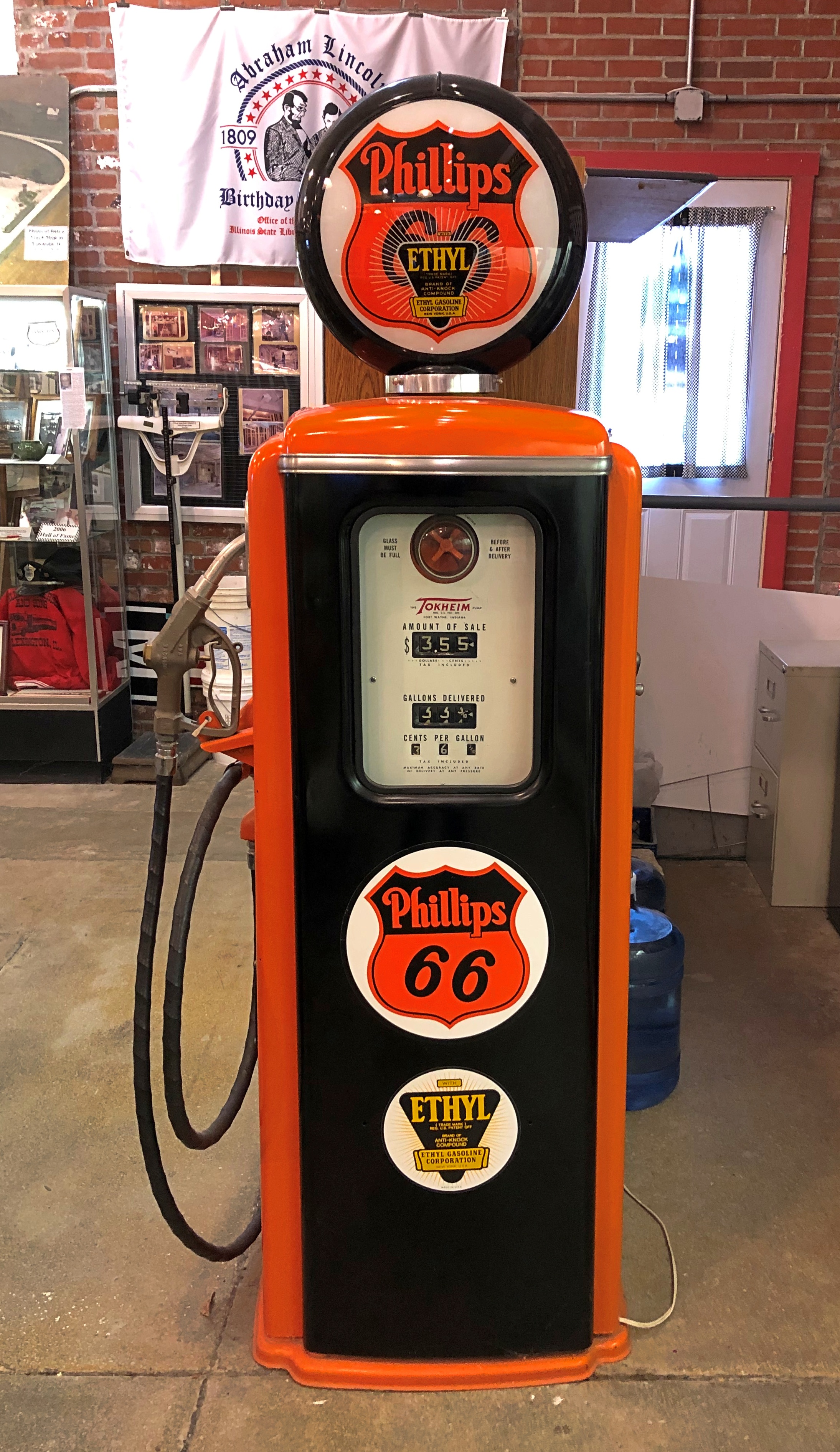
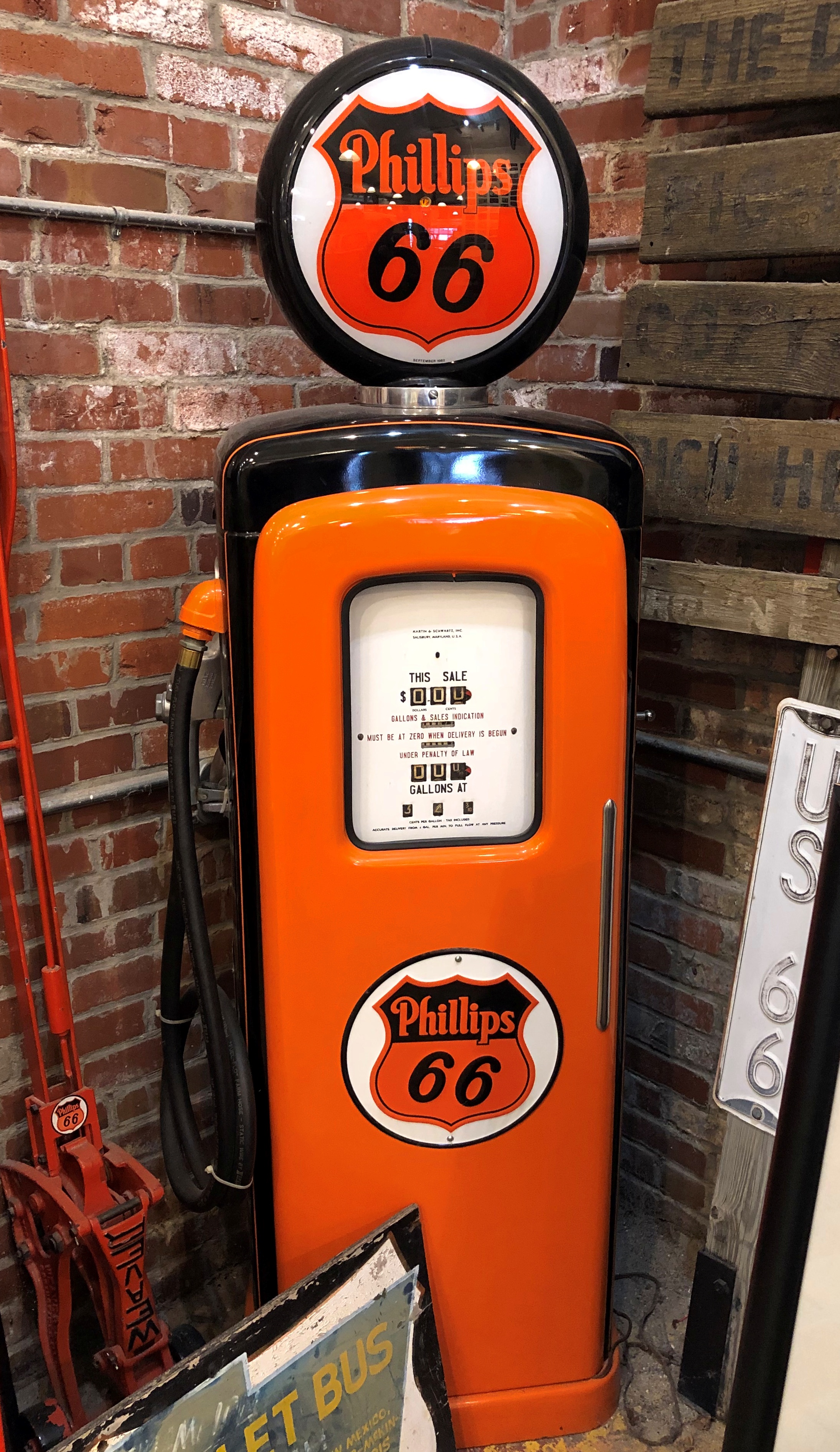
A wall of Illinois license plates, one for each year from 1915 to 1984.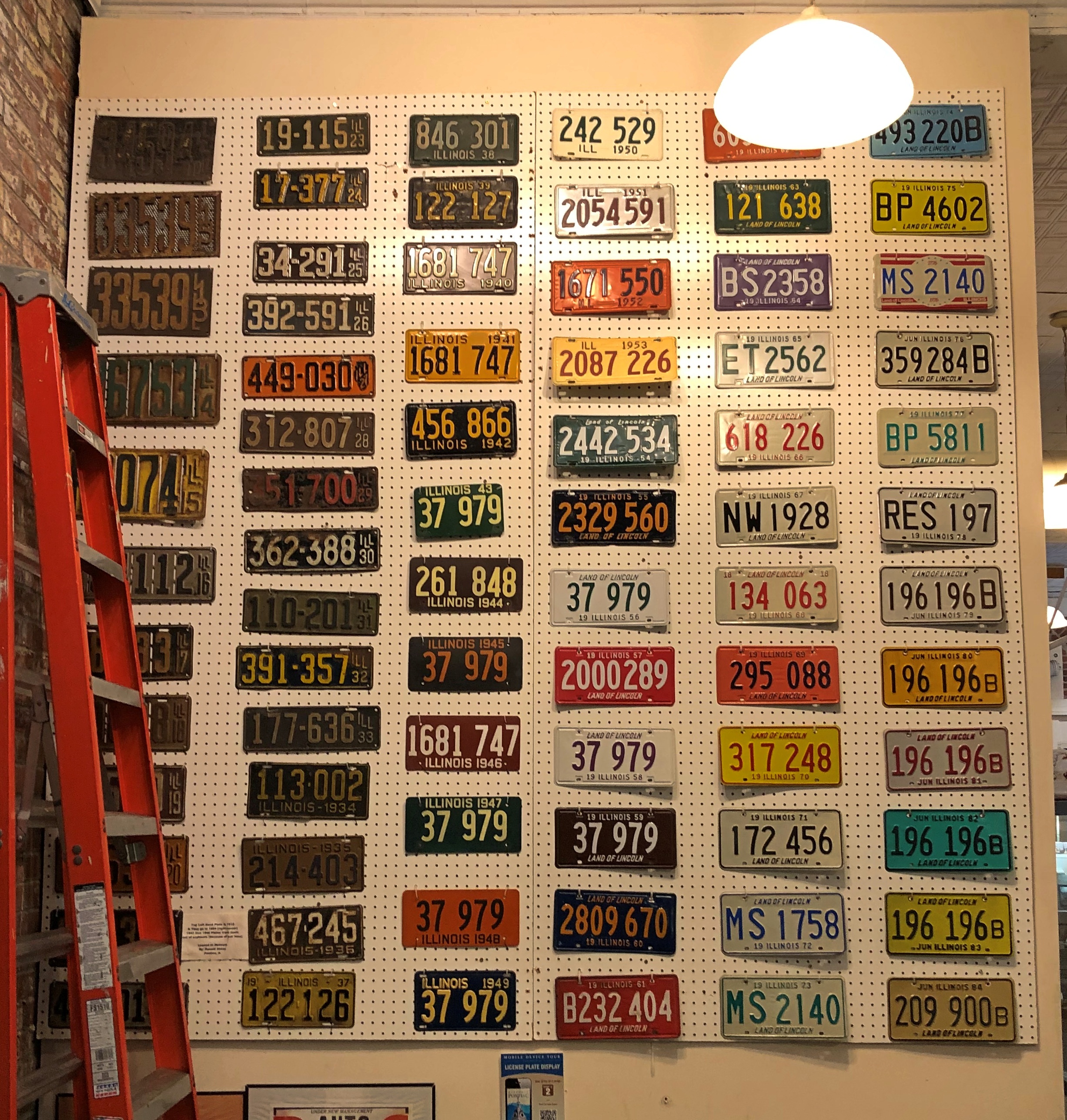
Trivia for the day — when did Illinois first put Land of Lincoln on its license plates? The wall tells us. 1954. The same words are on IL plates even now.
Something I didn’t know that the museum mentioned: from 1907 to 1917, Illinois issued aluminum disks to show registration, something like taxi medallions. Car owners affixed them to dashboards. The Illinois Motor Vehicle Act, which required motorists to register each vehicle with the Secretary of State’s office, became law in ’07, and specified the two-inch diameter disks.
The centerpiece of the room is Bob Waldmire’s custom-fitted ’72 VW microbus. Views outside and in: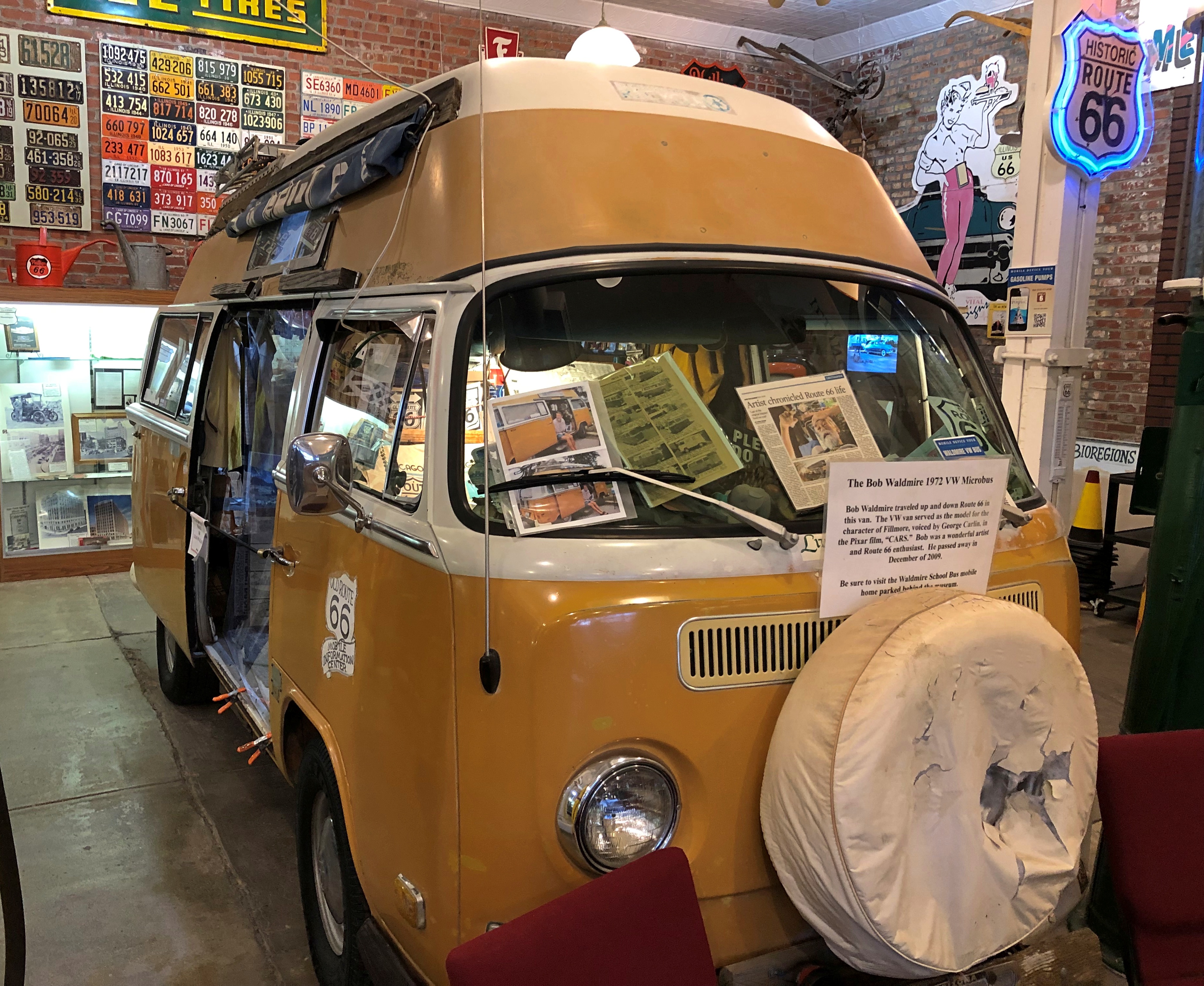
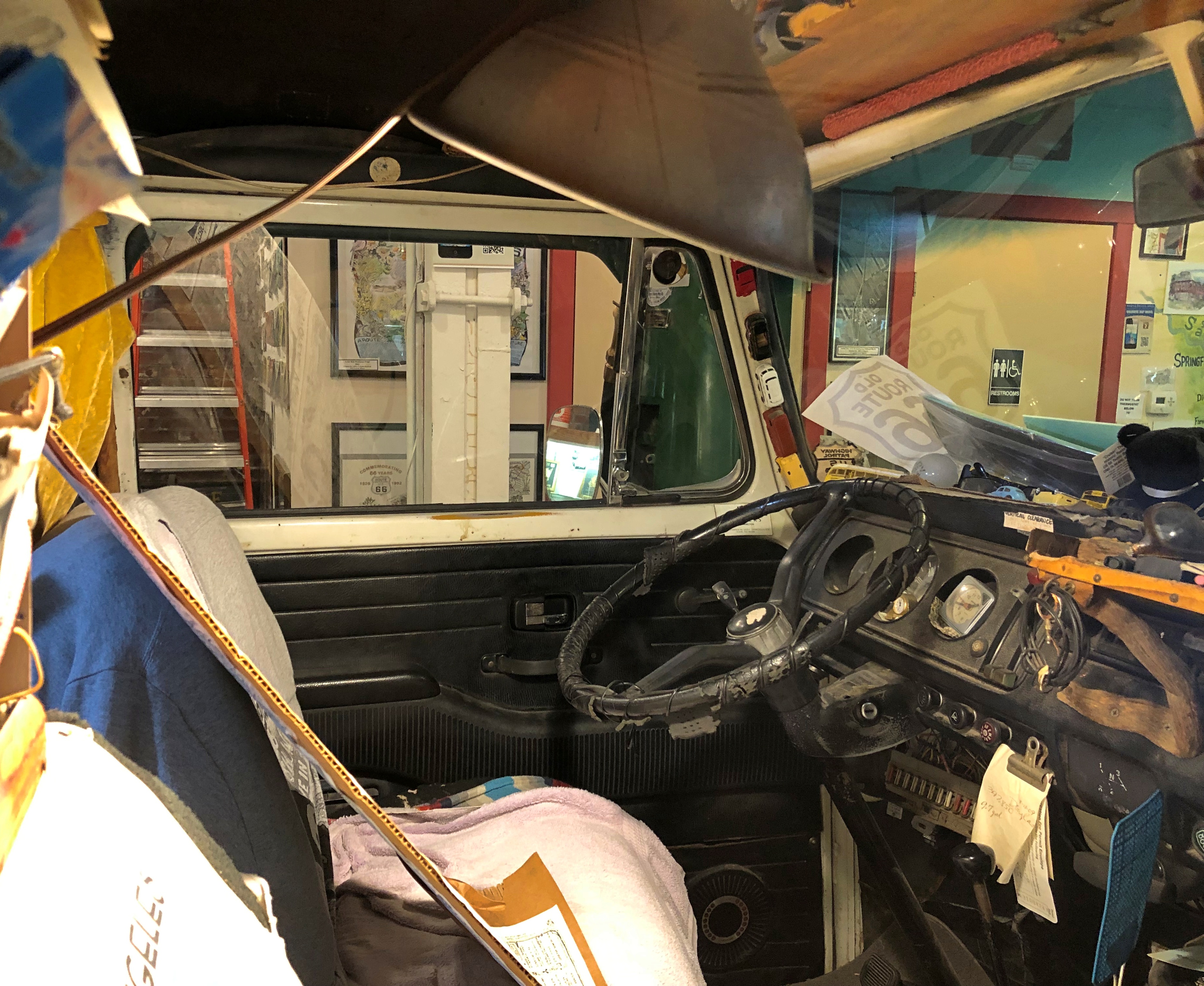

Looks like he was a collector of bric-a-brac after my own heart. As a young artist, Waldmire (1945-2009) “determined that he would spend his life creating art that celebrated the history of Route 66,” according to a brochure I picked up. He apparently spent a lot of time driving the microbus along the historic route.
Until he upgraded to a modified school bus, that is.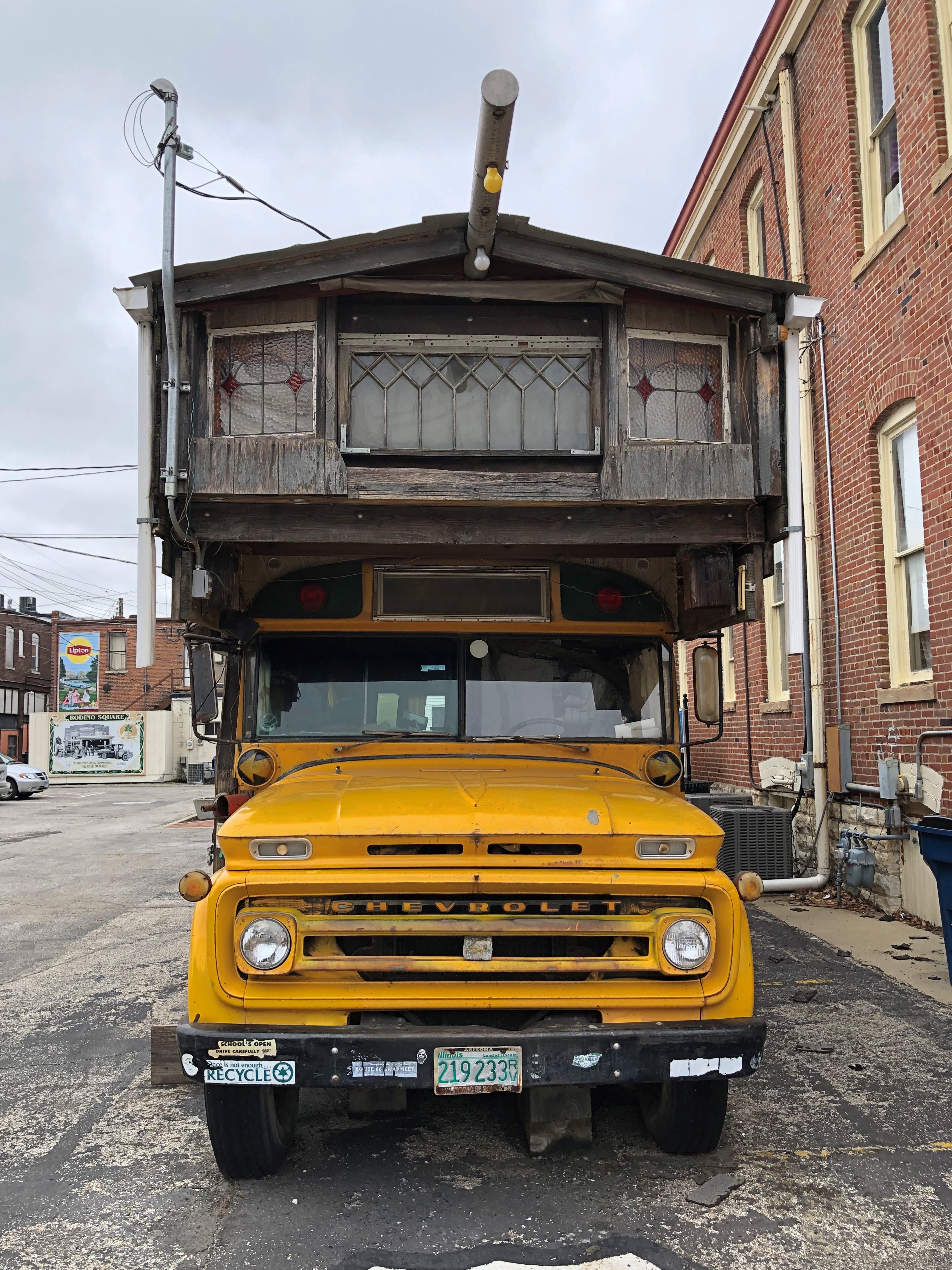
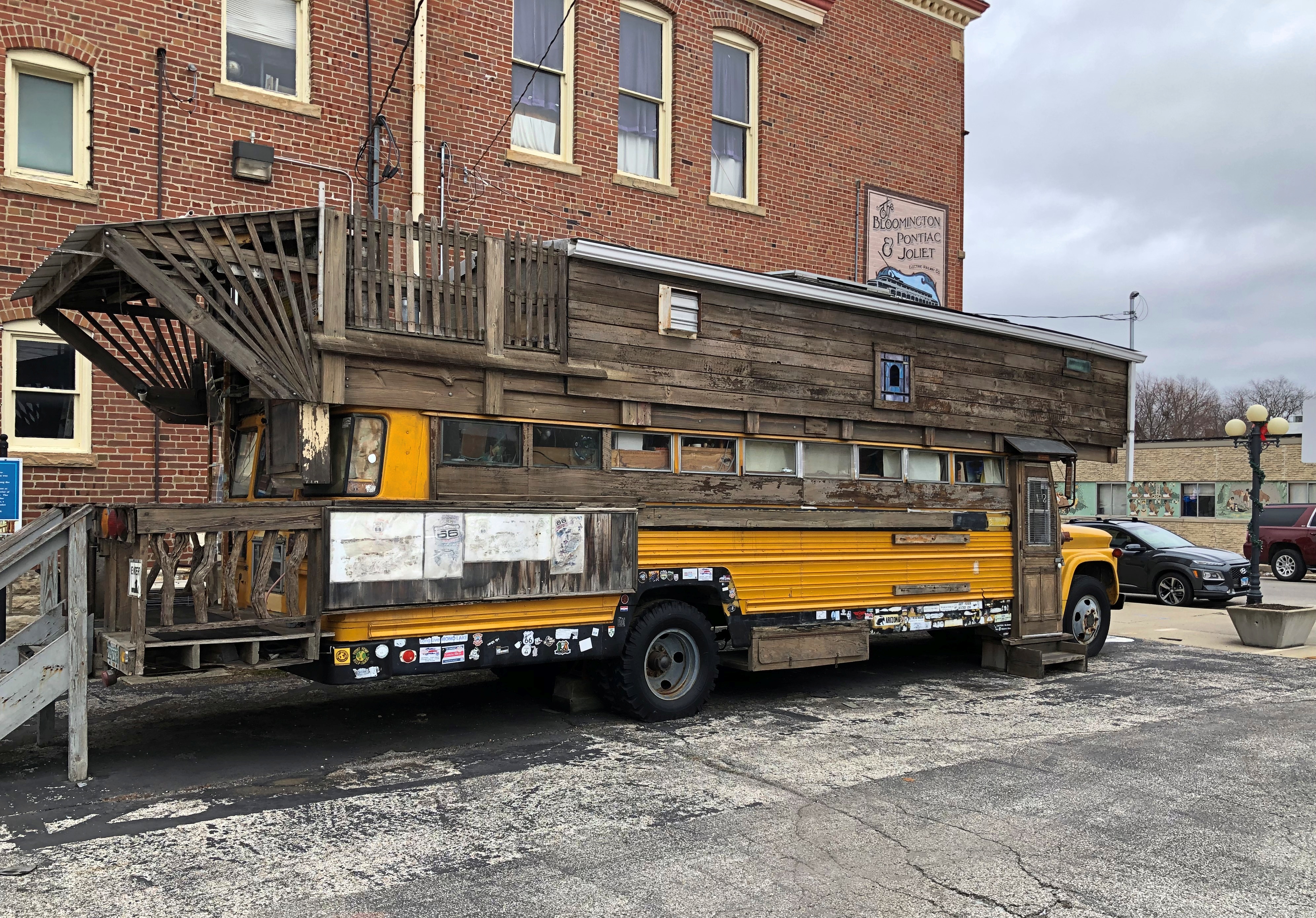
The bus is parked behind the museum complex and is sometimes open for tours. Not when I wandered by. Just another reason to drop by Pontiac again, which will be easy enough during the back-and-forth to Normal over the next few years.



